Lines, Braids » Main Braids
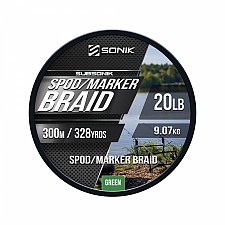
Sonik Subsonik Spod and Marker Braid
Braid for Leaders and Markers

Spro C-TEC Braid
Main Braid
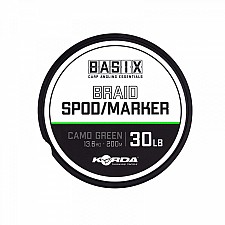
Korda Basix Spod/Marker Braid
Main Braid for Marker or Spod
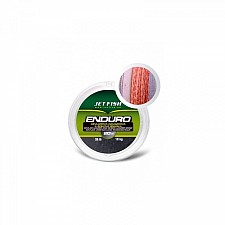
Jetfish ENDURO Shock Leader Braid
Hair Rig, Braided Line,
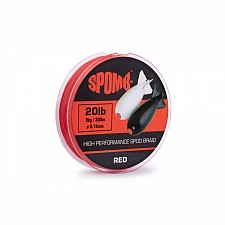
Spomb Braid Red
Braid
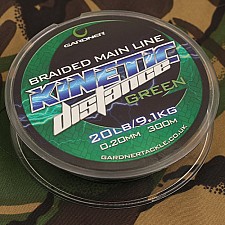
Gardner Kinetic Distance Braided Mainline
Main Braided Line for Casting
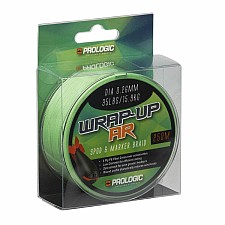
Prologic Wrap-Up Spod & Marker Braid
Braid
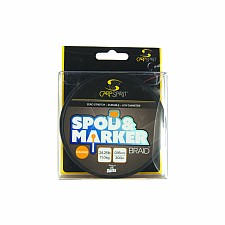
Carp Spirit Spod & Marker Braid
Main Braid for Bottom and Marker Rigs
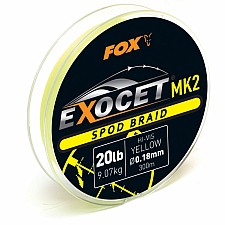
Fox Exocet MK2 Spod Braid
Main Braid for the Spod Rocket
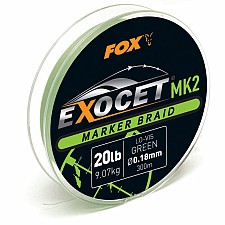
Fox Exocet MK2 Marker Braid
Main Braid for Marker Float
Fox Submerge Sinking Braided Mainline
Mainline Sinking Braid
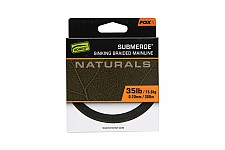
Fox EDGES Submerge Naturals Braid
Main Braid of the Fox Naturals Series
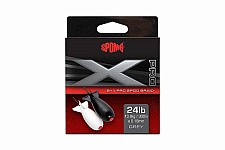
Spomb X Pro Braid Grey 8+1
Main braid for spod fishing
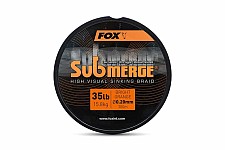
Fox EDGES Submerge Orange Sinking Braid
Sinking main braided line in orange color
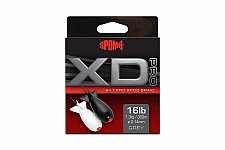
Spomb XD Pro Braid Grey 8+1
Main braided line for spod
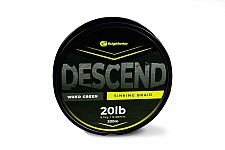
RidgeMonkey Descend Sinking Braid
Sinking Main Braid
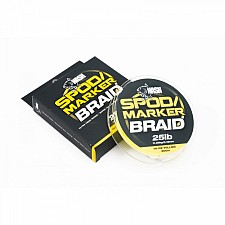
Nash Spod and Marker Braid
Nash Braid
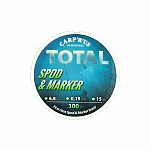
Carprus Total Spod/Marker Braid Fluo Green
Main Braid Bottom/Marker Carprus in Fluo Green Color
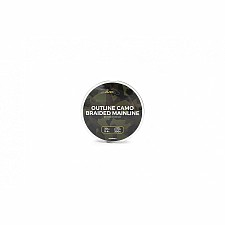
Avid Carp Outline Camo Braided Mainline
Main Braid
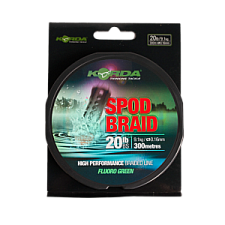
Korda Spod Braid
Braid for Spod / Marker

Sonik Subsonik Sinking Braid
Sinking Main Braid
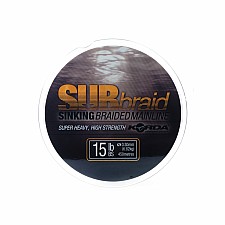
Korda SUBbraid Mainline
Main Braid
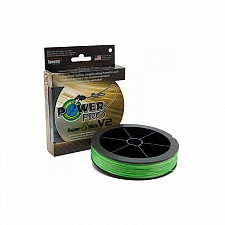
Power Pro Super 8 Slick V2
Braid
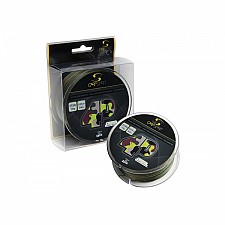
Carp Spirit 4D Camo Braid
Main Braid
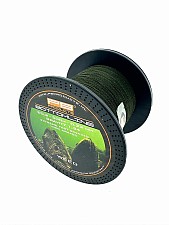
PB Products Bottom Line - Weed
Main braid with Kevlar fibers
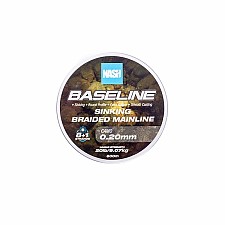
Nash Baseline Sinking Braid CAMO
Nash mainline braid in camouflage color with sinking properties
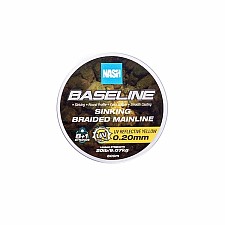
Nash Baseline Sinking Braid UV Yellow
Nash main braid with sinking properties in yellow color with UV coating
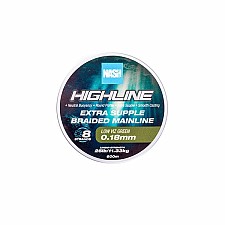
Nash Highline Floating Braid Green
Floating main line braid Nash in camouflage color
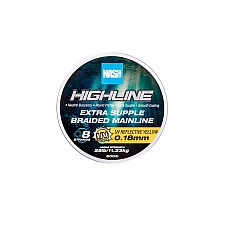
Nash Highline Floating Braid UV Yellow
Floating mainline braid by Nash in yellow with UV coating
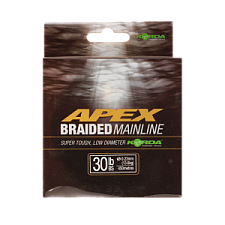
Korda Apex Braid Mainline
Main Braid
Main braided line is used in carp fishing just as frequently as monofilament. Braided line as a main line is most commonly chosen by carp anglers who fish with bait boats at long distances due to its nearly zero stretch. However, using braid for casting at long distances is becoming increasingly popular because it has an excellent diameter to strength ratio.
Features of Main Braided Lines
Low Stretch - This is one of the most important aspects that makes it preferable under certain fishing conditions. When laying out rigs with a bait boat at distances often reaching 400 or even 500 meters, braid signals a bite much earlier than monofilament could.
Weave - It might seem trivial, but it's not! The number of strands used in the main braided line is very important. 8-strand braids have a cross-section similar to the shape of monofilament. This is crucial when casting because the round shape of the braid generates significantly less friction during the cast. 4-strand braids are most often used when fishing with a bait boat, where the cross-sectional shape is not as critical.
Buoyancy - The division is simple - on the market, you will find braided line that floats, is neutral in water, or sinks well. Each type of braid has its application in carp fishing. Floating braids work perfectly for baiting with a spod rocket, neutral braids lay well on the top of underwater vegetation, while sinking braids cling to the bottom without spooking the fish.
Strength - High knot strength is another advantage of using braid as the main line. When fishing for carp near hard snags, the combination of high strength and low stretch gives a good chance of successfully landing the fish in such conditions.
Also check out our assortment of main lines and adapt the spools of your reels to all fishing conditions.